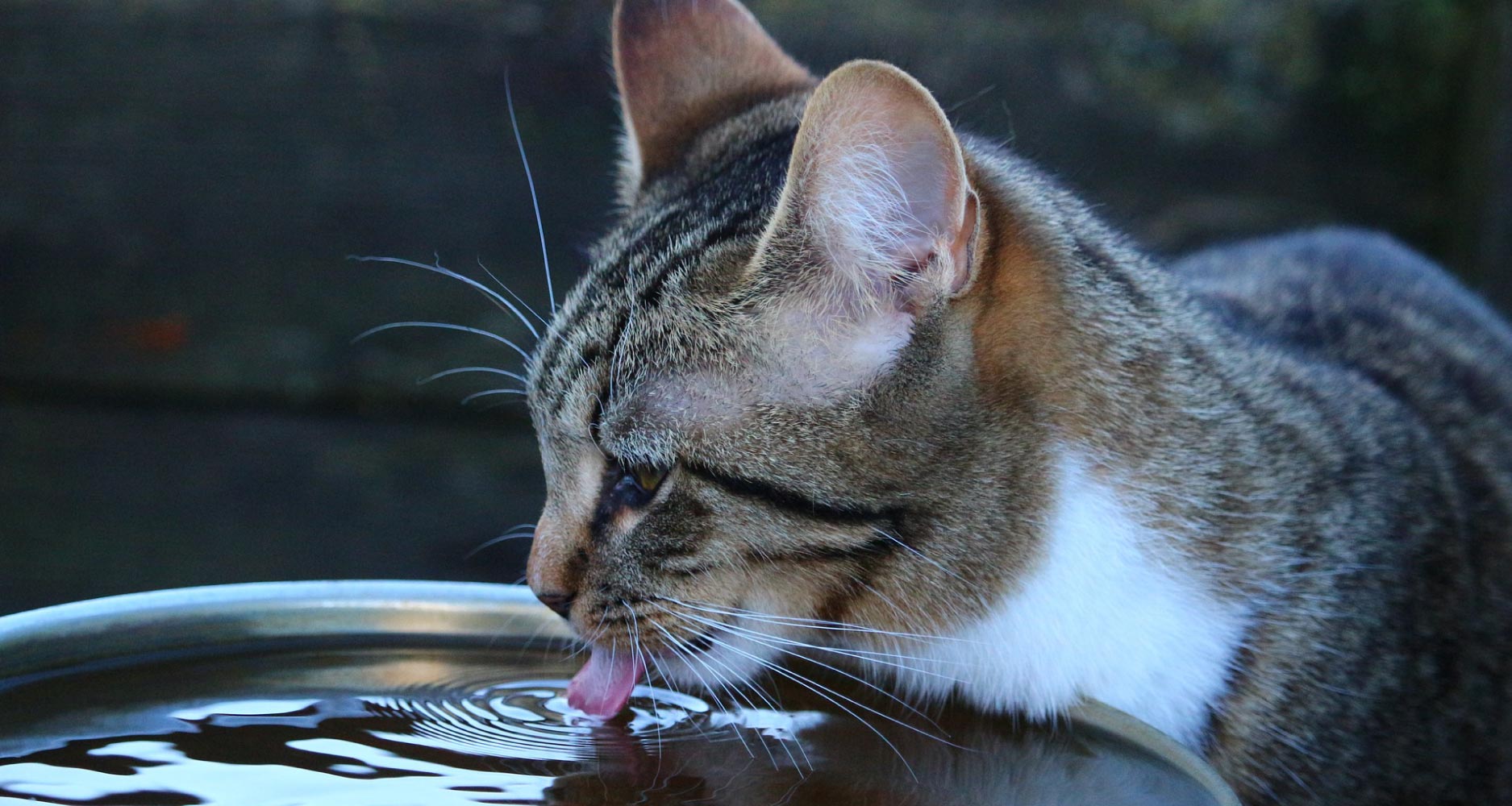
VOTING BOOTH

TRENDING

LIONS FOUNDATION OF CANADA DOG GUIDES
Lions Foundation of Canada Dog Guides and its founding program, Canine Vision Canada, was established in 1983. It’s the largest school of its kind in Canada with its training school in Oakville and breeding facility in Breslau.
The Importance of Pet Hydration

Dogs and cats, like humans and other animals, need water to survive.
Staying hydrated is even more important if a dog or cat is active and exposed to sun.
Signs of Dehydration
Dehydration means your body cannot replace fluids fast enough and it’s extremely dangerous. Common signs of dehydration in pets include dry gums, dry skin, sunken eyes, excessive panting, lethargy, loss of appetite, dry mouth, depression, elevated heart rate and decreased skin elasticity.
One quick way to test if your pet needs more water is by gently taking the skin along the back or neck and pulling it upward. If it ‘bounces’ back quickly – great! If it stays up for a few seconds (as if still ‘pinched’), do something about it.
Another quick test is to press the gums with your finger. A hydrated dog’s gum will turn white for a moment and then pink, while a dehydrated dog’s gum will stay white for a few moments. A cat’s gums should always feel moist and pink and not sticky or dry. If you gently press on your cat’s gum, the white spot made by your finger should return to its normal colour within two seconds or less.
If you notice any of these signs, or if you pet ‘fails’ the tests, offer your pet water immediately or go to the veterinarian if he/she refuses to drink.
Keeping Your Pet Hydrated at Home
Not all pets have the same ‘drinking’ habits and preferences. If your cat or dog is drinking less water than it should, you need to do something to encourage hydration, for example:
- Try different types of bowls: plastic, metal and ceramic
- Install a drinking fountain for pets (research different types)
- Always make sure there’s enough fresh drinking water – in a clean bowl
- Adding wet food or water to kibble can increase water intake*
Keep your pet away from dirty sinks and toilet water. Close the toilet lid and the bathroom door.
*For slow eaters: increase feeding times and decrease quantity.
Keeping Your Dog Hydrated Outdoors
Dogs need more water than we do. Whether you’re playing outside, going for a long walk or hiking in a forest, you should always make sure your dog stays hydrated. You can buy a portable water dispenser or a collapsible bowl. Drinking out of dams and rivers is not recommended (unless purified first) as these could contain harmful parasites.
Dog parks may have drinking fountains, but it’s probably safer to take your own bowl/water dispenser and water.
Other Tips
Staying cool is one of the easiest ways to stay hydrated. If exposure to the sun is not necessary, help your dog avoid it. Cooling mats and coats are other options.
Out and About
Fun, dog-friendly destinations to spend summer days may not always offer safe drinking water. If they do, test the water temperature. If the communal drinking bowl or fountain looks suspicious find something else.
General Tips
Make sure there’s enough drinking water in all the places your pets have access to: outside (in the shade if possible), in the house, at friends and family. Check the water as often as possible and replace water you consider unsatisfactory – you can even add ice blocks to delay evaporation.
Don’t forget to make sure older dogs drink enough water. They may need a nudge, for example, bringing the water bowl to them.
Related Articles








